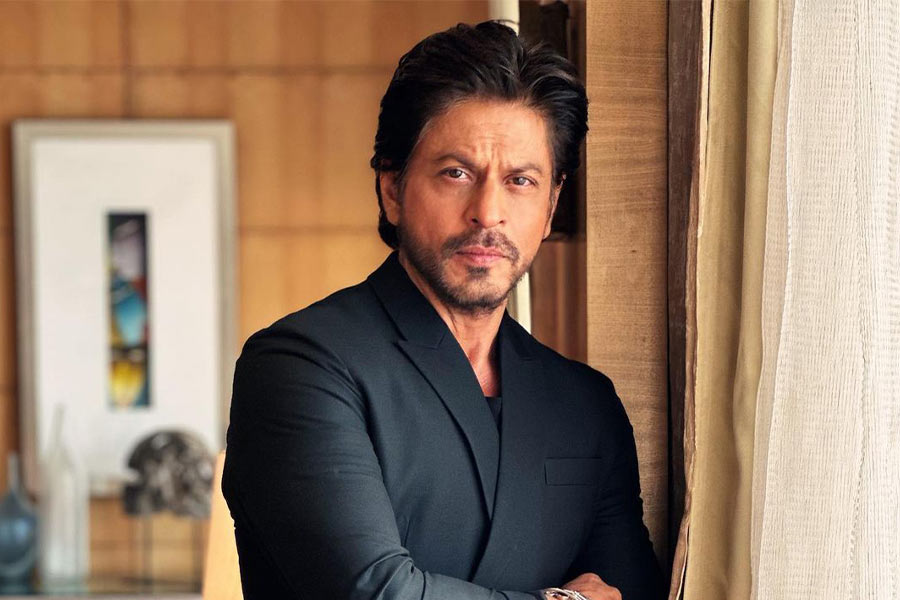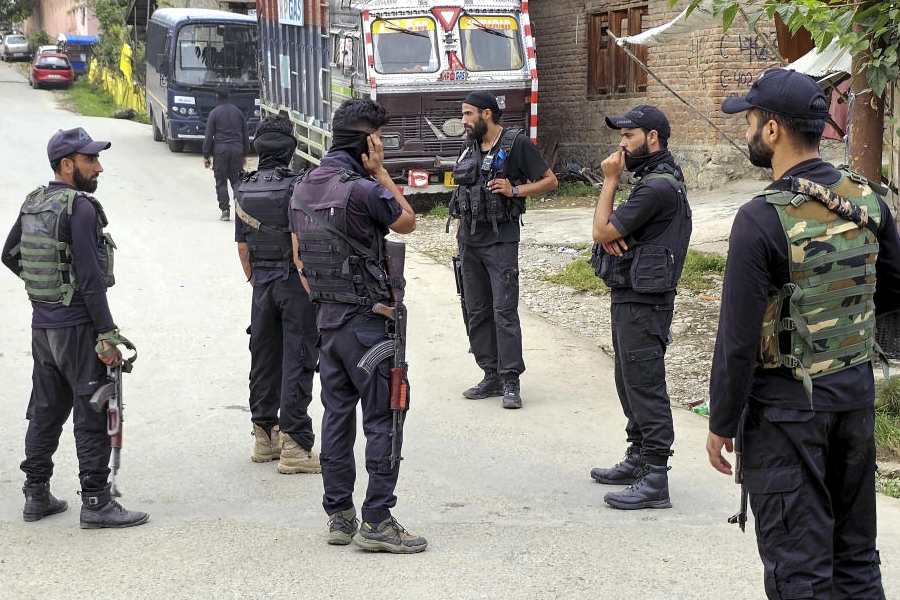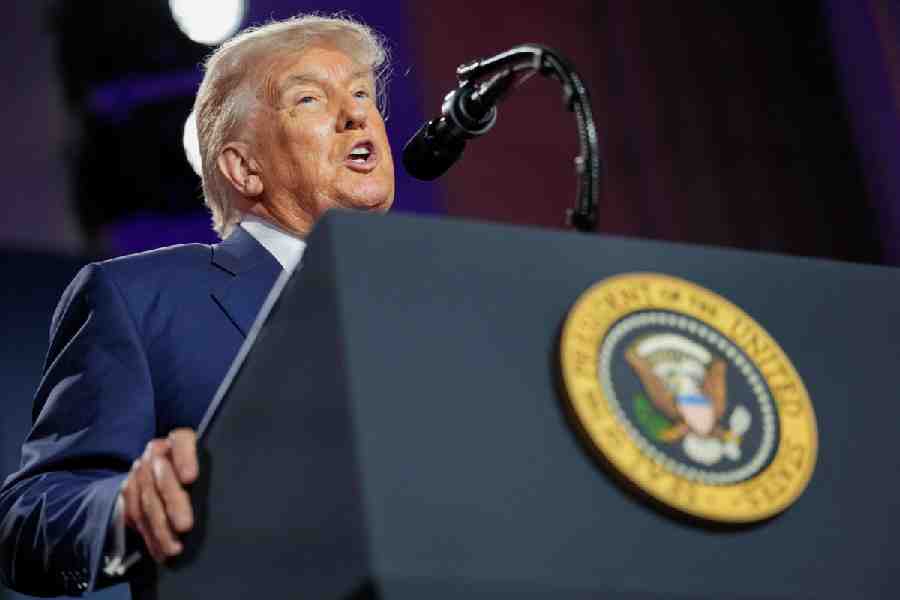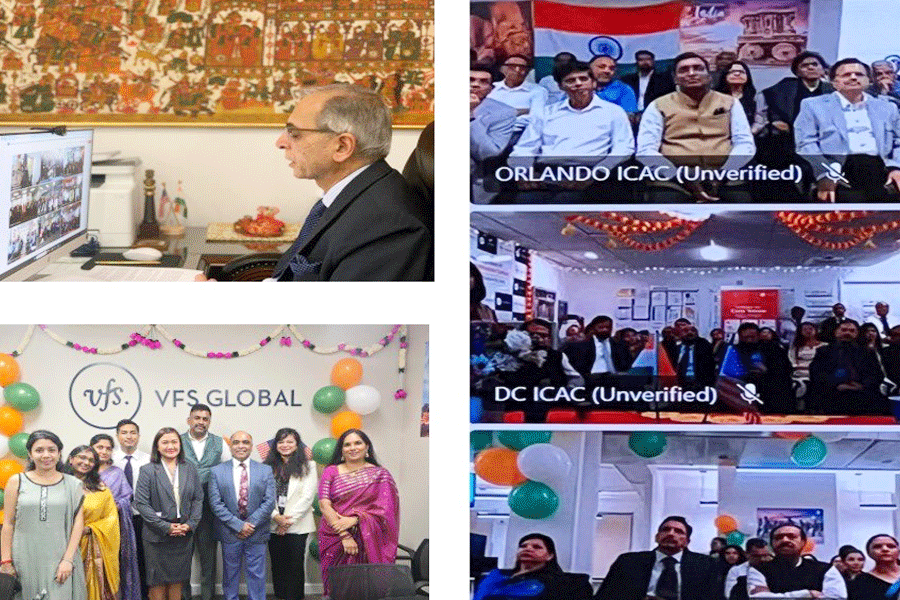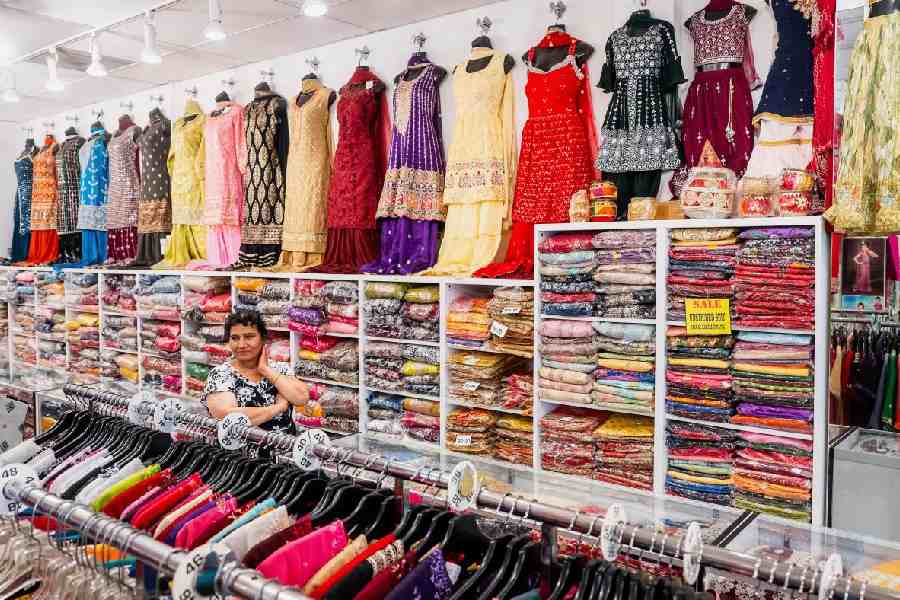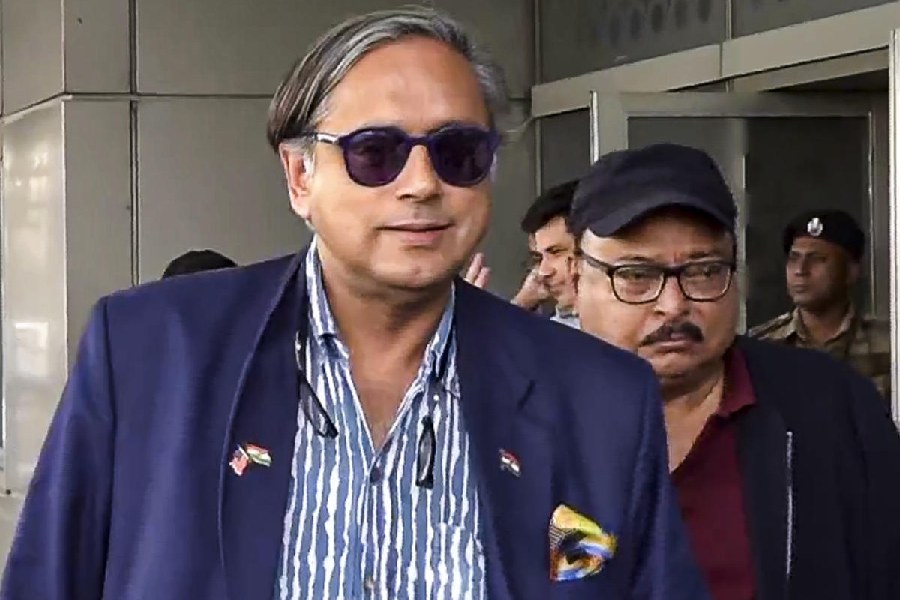Chittaranjan Das, a major Bengali figure in India’s independence movement, was immortalized in the first manufacturing facility set up by the Indian Railways in the post-Independence era — the Chittaranjan Locomotive Works in Mihijam, near Asansol. It was the brainchild of India’s first prime minister, Jawaharlal Nehru, and Bidhan Chandra Roy, the then chief minister of West Bengal who made available vast tracts of non-arable land for the project. The facility provided jobs to thousands of refugees who had crossed over during the Partition. The dream was to ensure that the economy scaled commanding heights: a string of steel plants (such as the Steel Authority of India) as well as fertilizer and cement plants were set up, along with heavy industries such as the Bharat Heavy Electricals. The Indian Railways embarked on a number of projects to meet growing demands for hardware especially pertaining to its business activity — rail transport.
The CLW began the production of steam locomotives in collaboration with the North British Locomotive Company in 1950. The Integral Coach Factory was set up in 1955 at Chennai with Swiss collaboration to manufacture railway passenger coaches. There was another collaboration in 1961 between the railways and the American Locomotive Company to manufacture diesel locomotives at the Diesel Locomotive Works in Varanasi.
A second plant, the Rail Coach Factory, came up at Kapurthala in Punjab in 1984 in collaboration with Linke Hoffman Busch of West Germany, to manufacture high speed coaches. Another facility — this time for manufacturing spares for the growing fleet of diesel locomotives — was built in Patiala in 1982, while a similar facility for electric locomotives was commissioned recently at Dankuni, in West Bengal.
Moving fast
In order to meet the growing needs for wheels and axles, the Wheel & Axle Plant — now known as the Rail Wheel Factory — was set up at Yelahanka, Bangalore in 1984, in collaboration with the Amsted Industries, which are based in the United States of America. The Rail Spring Karkhana, which was set up in 1986 — in association with West German aid at Sithouli near Gwalior to manufacture coil springs for the wagon and passenger coach bogies — completes the list of eight production units.
This process has provided an opportunity to India’s public sector giants such as BHEL and SAIL, as well as the big presences in the private sector such as the Kirloskars, Tata Timken, Siemens and Mukand to enter into a long-term partnership with Indian Railways to sustain its growth, while saving the nation billions of dollars in foreign exchange by keeping imports minimal. These excellent manufacturing facilities have attracted developing nations, which have bought their rolling stock and locomotives from India at rock bottom prices. First, 47 coaches were exported to Thailand from the ICF in 1967. The latter has also exported 361 bogies and 447 coaches to 13 Afro-Asian countries. The last order for Sri Lanka was for 20 rakes of six coach DEMUs (diesel multiple units) for over Rs 120 crore.
With a fully equipped design and development cell, the ICF is now poised to enter the export market in a big way. Given the prime minister’s promise to make India a manufacturing hub for the world, the ICF could become the flag bearer for the Indian Railways. It could be joined by the DLW, which has exported 137 locomotives to Bangladesh, Sri Lanka, Burma, Tanzania, Vietnam, Malaysia, Sudan, Angola, Senegal and Mali. The last order for sixteen 3100-hp cape gauge locomotives to Mozambique in 2008-09 against stiff global competition has further increased its foot print in Africa, which has a vast potential for growth.


